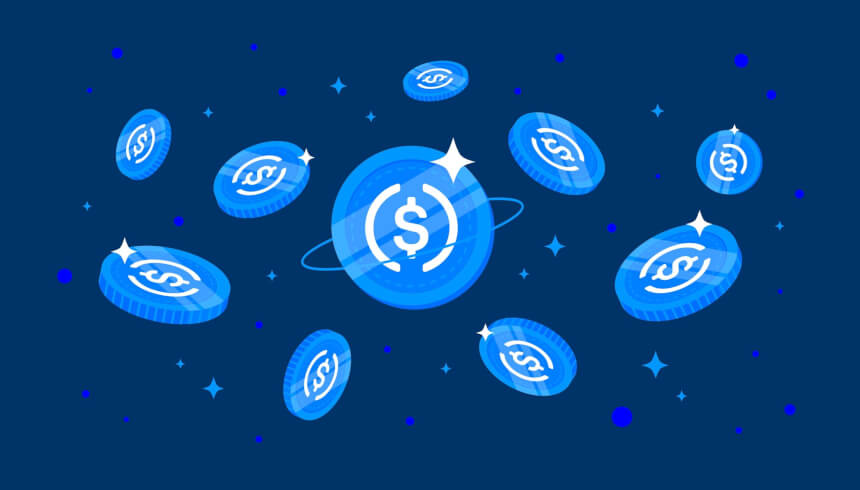ECSA, a startup that has introduced a real stablecoin, recently raised $3 million in funding through Y Combinator to enhance the liquidity of its coin and make it more prevalent in the market.
The funding round also included participation from Arca Capital, a US-based fund that focuses on cryptocurrencies, Brazilian DOMO Invest, DP88, and Artichoke, two funds from Hong Kong, and angel investors such as Eduardo Vasconcellos, the former manager of Valor Capital, currently at GIC.
While there are three other stablecoins in Brazil, including MBRL from Mercado Bitcoin, BRL from N Token, and BRZ from Transfero, which is the largest in the Brazilian market but is owned by a company with close relations to the now-bankrupt FTX, none of them offer liquidity.
The founders of ECSA explained that providing liquidity for stablecoins backed by the Brazilian currency is difficult, and those who do provide it charge a high spread for it. Moreover, these stablecoins do not offer the Selic profitability that the physical real (fiat currency) provides, making them unattractive to holders.
Therefore, ECSA aims to subvert this model by offering a stablecoin that transfers the gains from the float to whoever holds the coin, unlike other stablecoins that retain the gains from the float for themselves.
ECSA’s real stablecoin is backed 1-to-1, meaning for every 10 million tokens issued, it has R$ 10 million deposited in an account and invested in government bonds. The income generated from this investment is used to issue more tokens, which are passed on to customers or token holders.
To remunerate itself, the company will act as a market maker in decentralized transactions and currency exchanges and charge a commission. Currently operating in ‘beta’ with its own balance sheet, ECSA has issued only BRL 1 million in BRLE tokens but expects to reach BRL 300 million by year-end.
ECSA’s target market is vast, and the startup intends to attract traders and crypto hedge funds interested in carrying out carry trade operations with BRLE, as well as foreign exchanges looking to offer a stablecoin of real to their customers without having a presence in the Brazilian market.
ECSA hopes to build liquidity and create an entry barrier to prevent other companies from adopting the same model. By being the first to offer a stablecoin that transfers gains from the float to token holders, ECSA aims to attract more liquidity and charge cheaper market maker fees.
ECSA’s entry into the market coincides with the Central Bank’s efforts to create a real stablecoin. However, the founders believe that stablecoins can coexist and that the BC stablecoin must have a different use case than the BRLE, as the former is more focused on domestic transactions rather than facilitating cross-border operations.
In summary, ECSA’s model of offering a real stablecoin that transfers gains from the float to token holders, backed by government bonds, aims to disrupt the existing stablecoin market in Brazil by offering liquidity and profitability to its customers.

